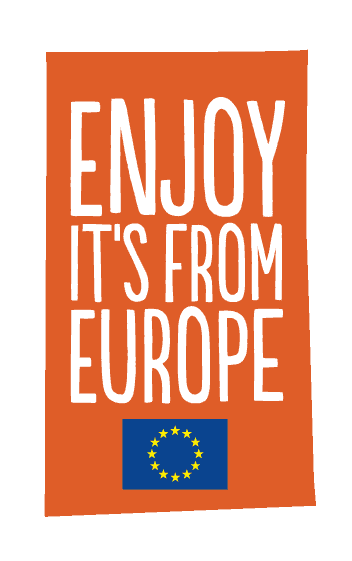
More Than European Food and Drinks
Food and drinks from the European Union (EU) are more than just food and drinks. Each burst of flavor has its own character and behind every ingredient, there is a story. These stories tell of tradition and artisanship going back centuries, making food from the European Union truly unique, with authentic recipes handed down from generation to generation.




